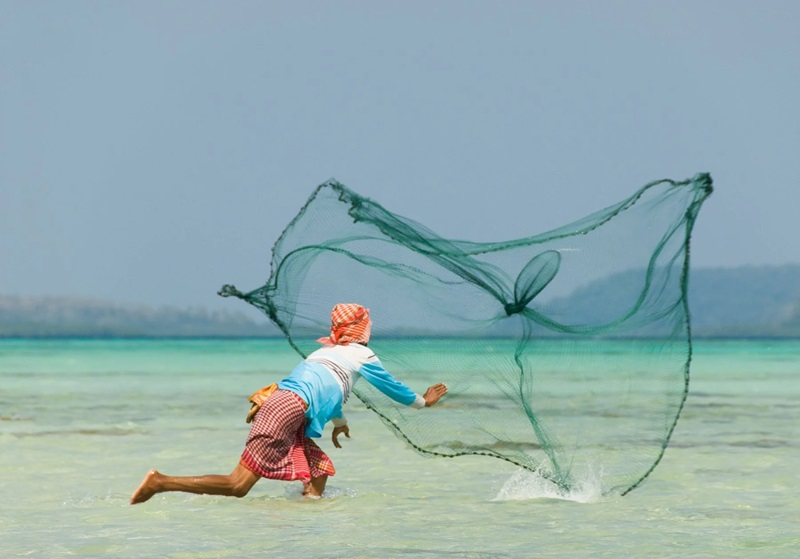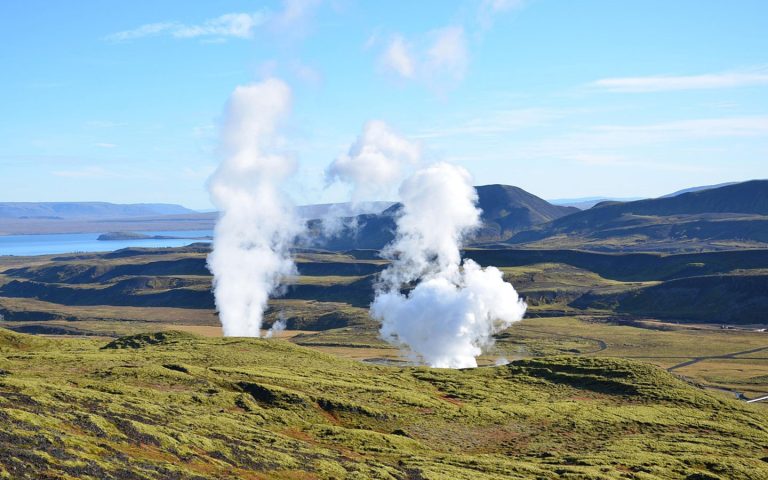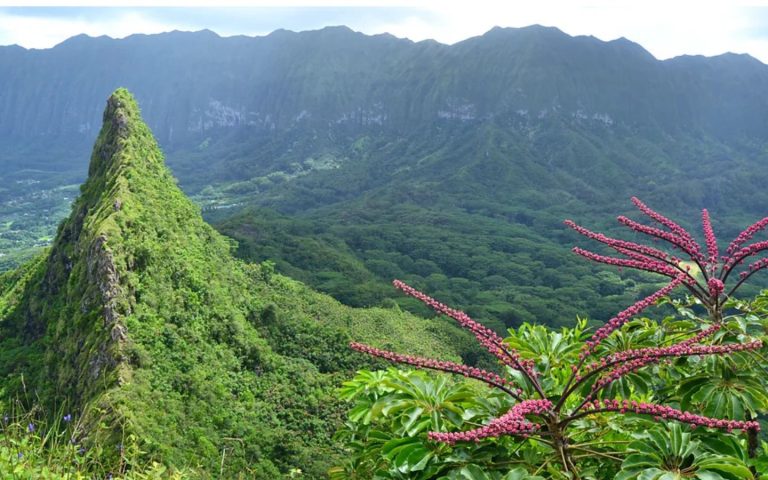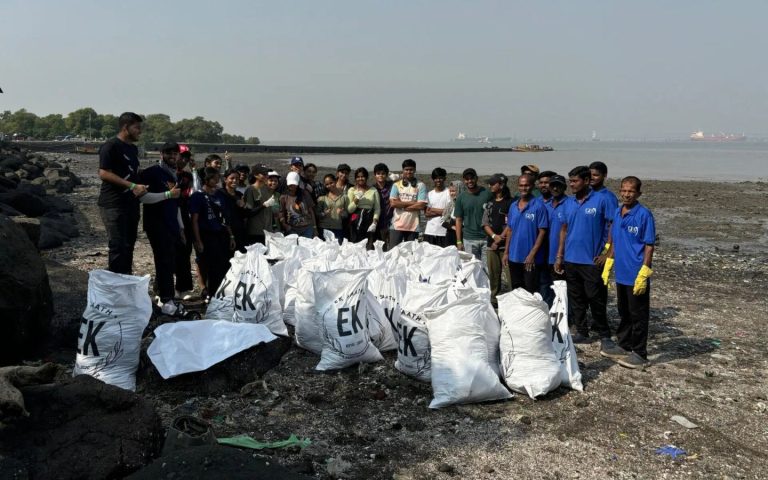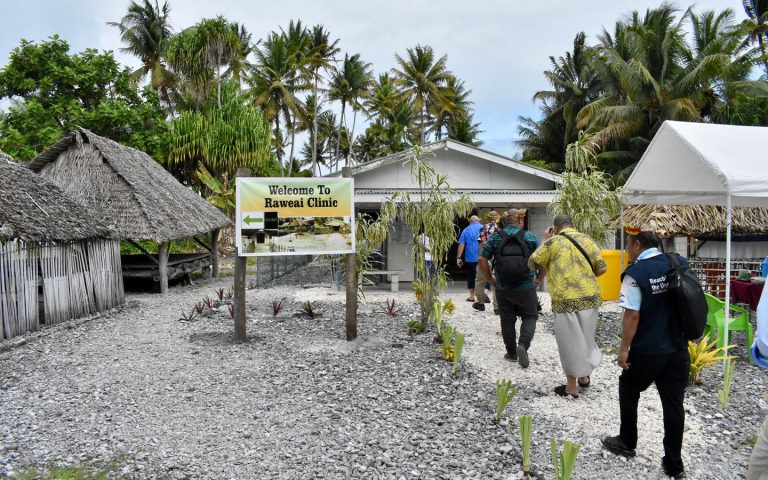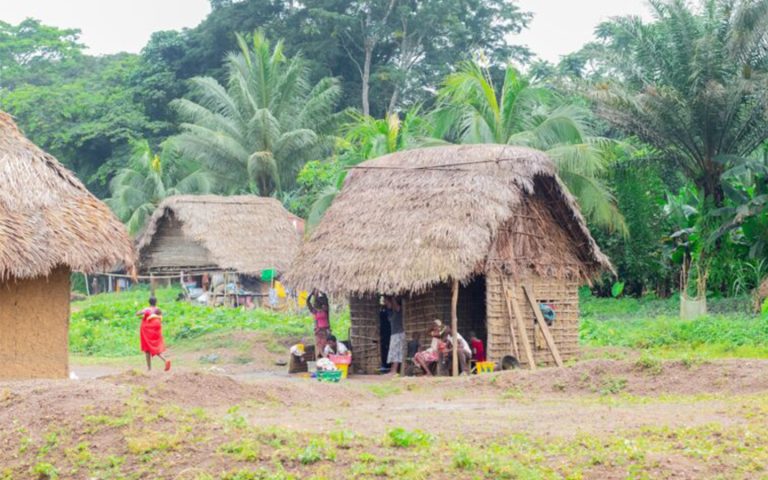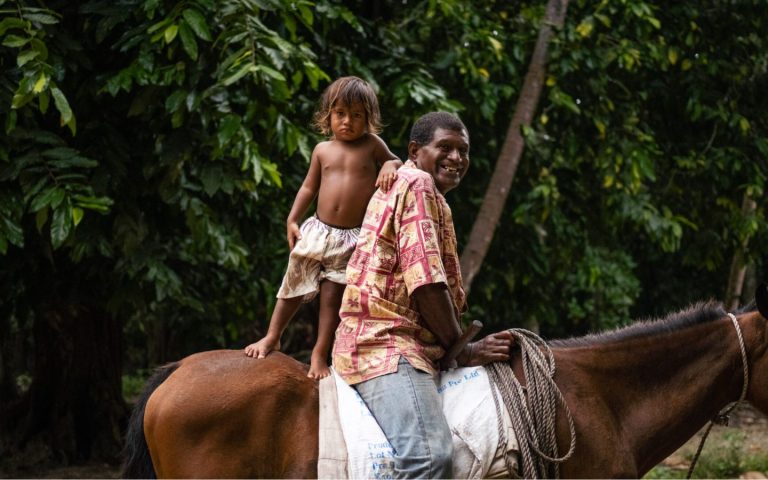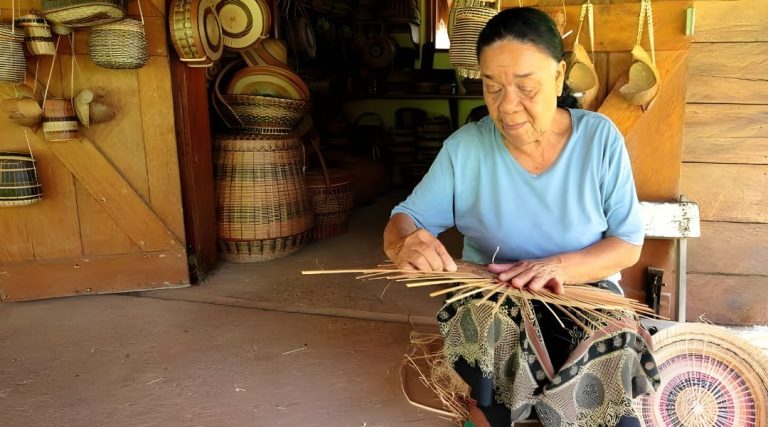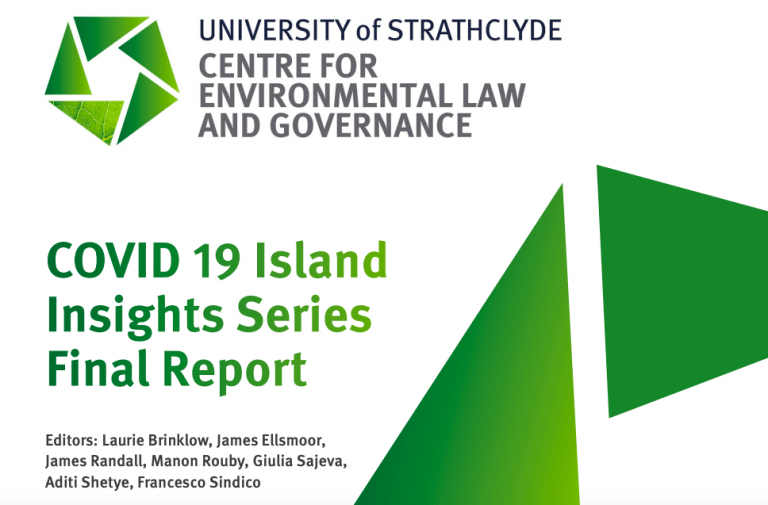Photo: David Pearson / Alamy. Retrieved from dialogue.earth
Excerpt from dialogue.earth
As clouds gathered on the horizon one morning in late May, the residents of Kadamtala in India’s Andaman Islands were elated. “That was the first signs of rain in months,” says Arati Karmakar, a villager. Kadamtala lies 77 kilometres north of the Andaman capital, Port Blair. “It heralded the end of the dry season and the start of a long-awaited respite,” he adds.
The dry season in the Andaman archipelago, located in the northeast Indian Ocean, spans from January to May and has been associated with water scarcity for several decades now. However, this year has been particularly bad, with the authorities limiting water supplies to once every seven to eight days, forcing people to store drinking water and, in some cases, resort to using muddy pits for other purposes.
“Ever since I remember we have always faced seasonal water scarcity, but in recent years the situation has worsened,” says Karmakar.
Small islands, big problems
The Andamans, famed for their palm-tree dotted white beaches, consist of 836 islands in the Bay of Bengal, separated from Thailand and Myanmar by the sea that bears their name. Drinking water for the over 400,000 people who live on the 38 inhabited islands is sourced from reservoirs and springs. Water scarcity is a perennial issue, exacerbated during the dry season.
This island water crisis is not unique to the Andamans. Small island states worldwide are facing increasingly stressed freshwater resources. According to a study published in the journal Nature Climate Change, researchers estimated that by 2050, the majority of small island states will experience a decline in groundwater sources if climate change goes unabated.

